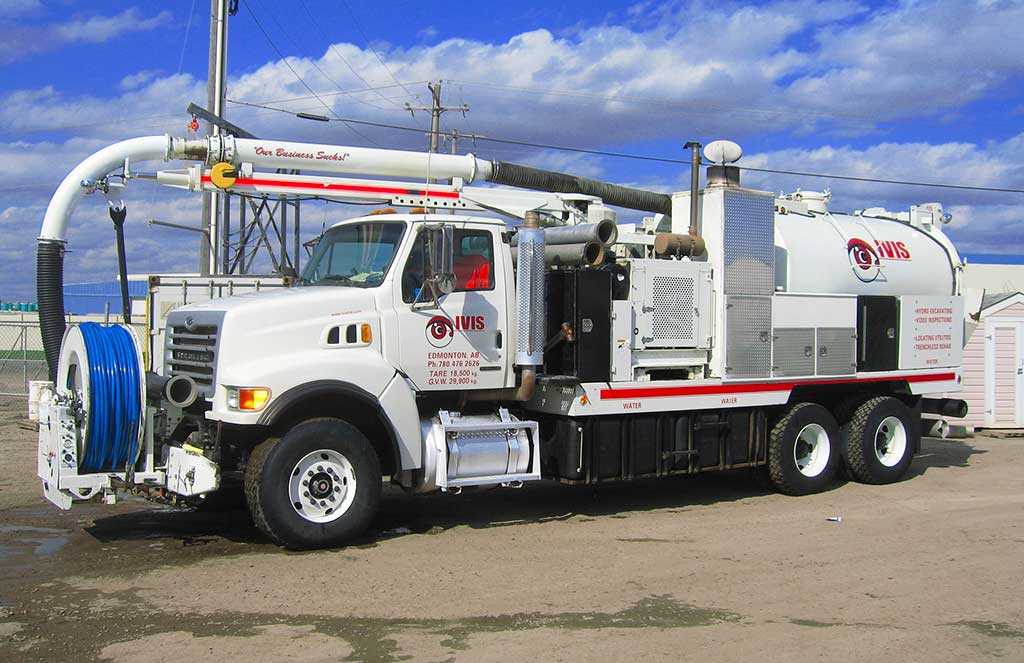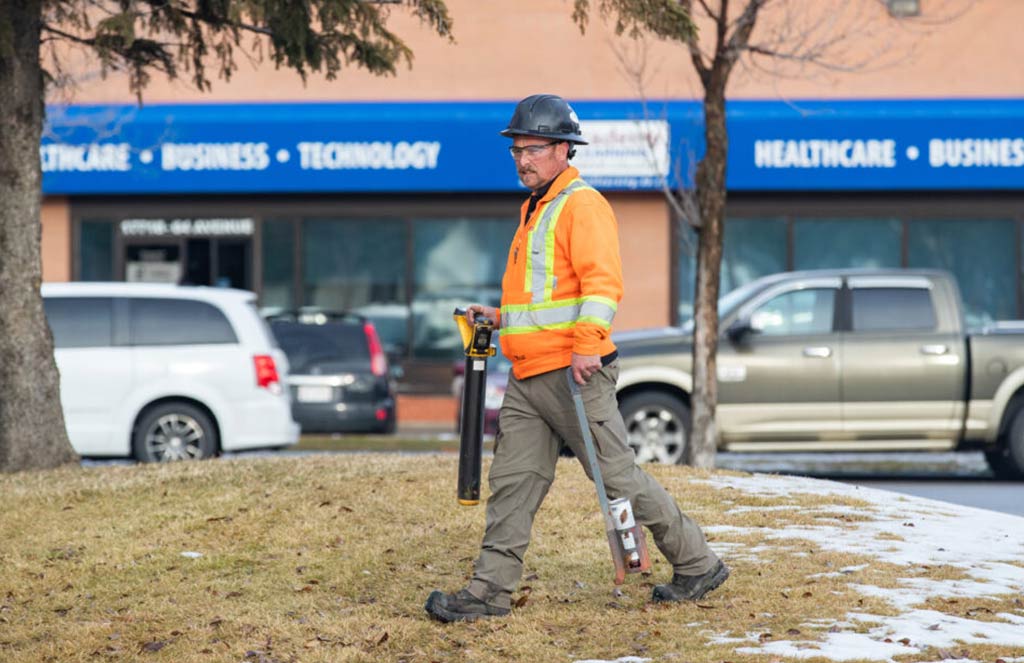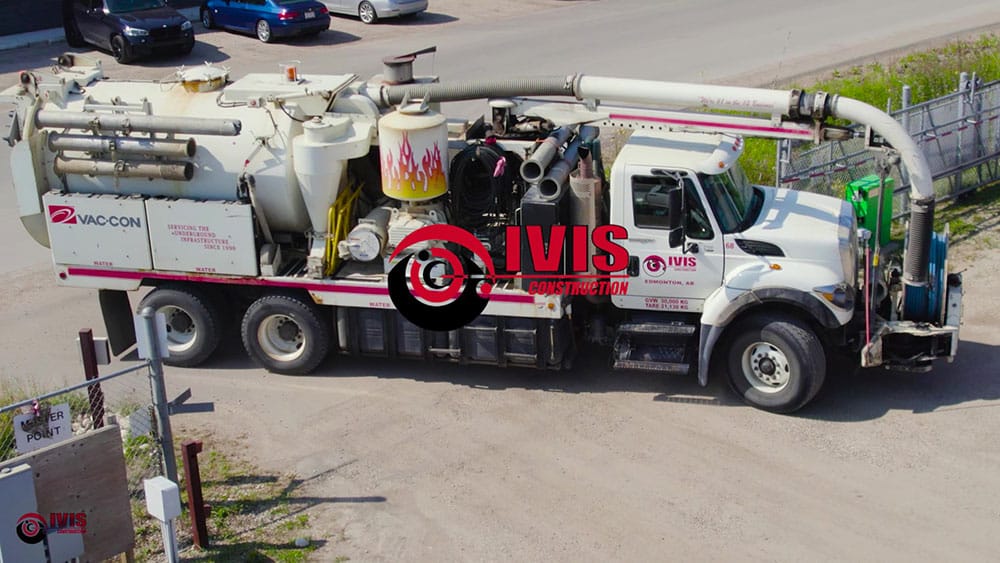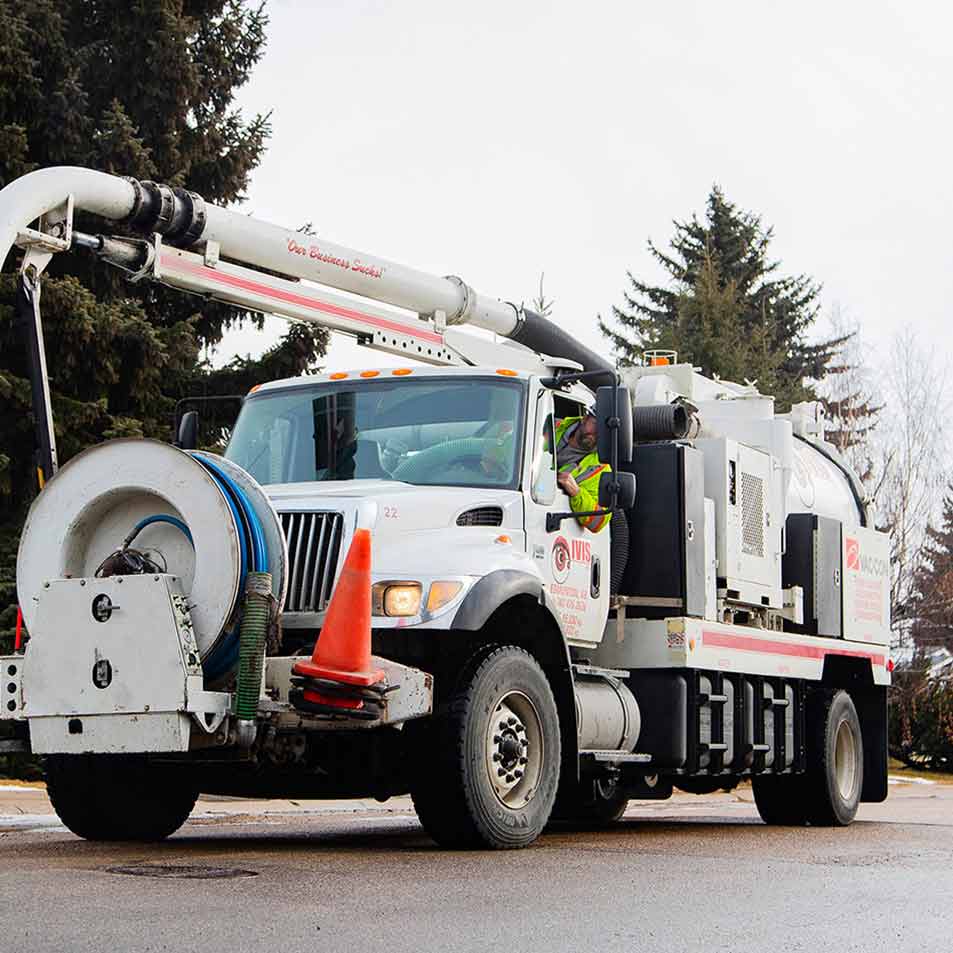
Blog
It can be quite a shock for homeowners to learn that there are tree roots growing in their sewer line.
Not only might you have to cut down some trees, but it also means there may be some sewer pipe cleaning to be done. But for that, there’s good news: today’s technology allows companies like IVIS Construction Inc. to do minimal or no digging and provide a fast, economical fix for the problem.
Here’s an overview of some of the things you should know about tree root intrusion and cleaning sewer pipes:
What You’re Responsible For
You may think that once the wastewater leaves your home it’s the municipality that’s responsible for the rest, but that’s not the way it works. The fact is homeowners in most towns are obligated to maintain their sewer line—called the lateral—all the way to the town’s sanitary sewer, or at least to the edge of their property line.
- Water backs up into the basement floor drain during dry weather.If it&’s not raining, a backup at your basement floor drain is a hard-to-ignore clue that your lateral is blocked. Tree roots will naturally lean towards continuous water source such as your sewer line. Tree roots will puncture pipes and begin to grow.
- A camera inspection shows roots growing in your pipes. IVIS Construction Inc. uses closed-circuit cameras as a diagnostic tool to inspect your lateral and identify any blockages. We often find tree roots, which wind their way into pipe joints and cracks in their endless search for water.
What Happens If I have Tree Root Intrusion?
Unfortunately, there are no DIY (do it yourself) solutions for lateral problems caused by tree roots. You will need to bring in an underground infrastructure company like IVIS Construction Inc. to clear the blockages. We may suggest high-pressure sewer cleaning or other options that do not require digging up your front lawn. If there is extensive damage and you need to have your lateral replaced, some targeted digging may be required.
How To Maintain Your Lateral
It’s recommended that you have your lateral wastewater line inspected every ten years. Older clay pipes dating back to before the 1970s have more joints and are more susceptible to tree root invasion; they should be inspected every five years or so.
If you need to have your lateral inspected or if you’re having sewer line backups, let us explain how IVIS Construction Inc. can fix the problem without turning your lawn into a dirt quarry. You can contact us here.






